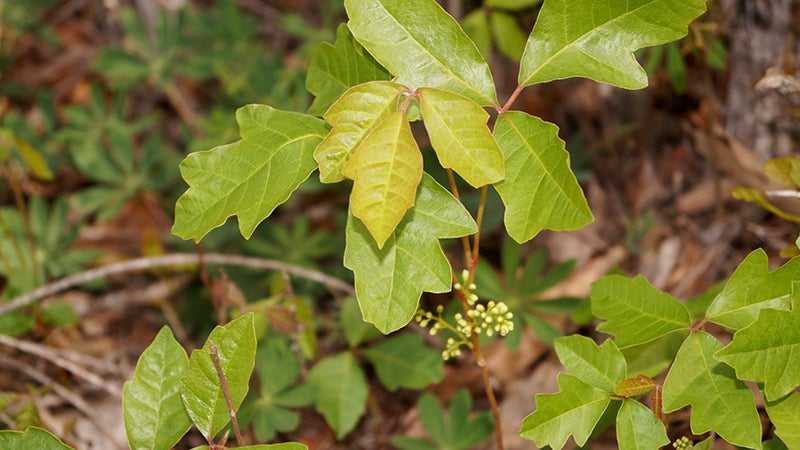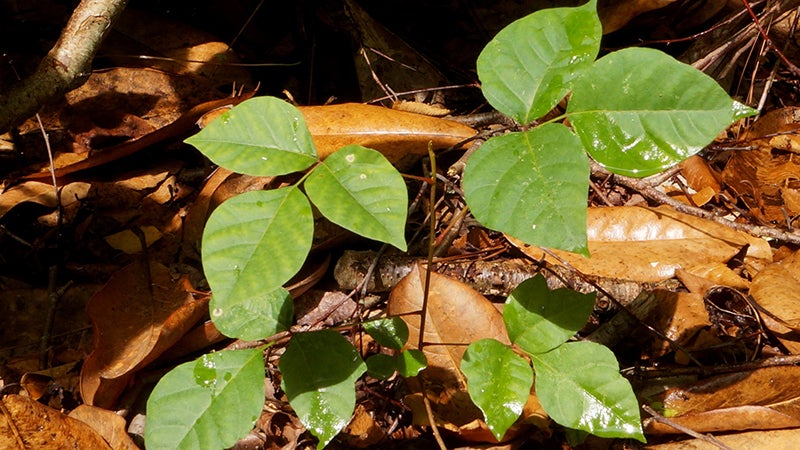Poison ivy, poison oak — Are they the same?
Published 10:59 am Monday, August 3, 2020
|
Getting your Trinity Audio player ready...
|
By John Bunch
Master Naturalist
All my life I’ve heard people use the names poison ivy and poison oak interchangeably. Is there really any difference? In the way that they both can cause allergic skin reactions that can itch terribly, there is no difference. But they do indeed happen to be different species and both have those tell-tale leaves-of-three. I have had run-ins with both plants and the poison oak seemed to have caused far greater skin reactions for me than the ivy.
Poison ivy (Toxicodendron radicans) thrives in a variety of habitats in our area ranging from wet to dry forests, swamps and in disturbed areas. The plant can be shrubby or seen climbing into trees, sometimes showing more leaves than the tree it’s clinging to. You can really see these hairy-looking vines on trees along the rivers, loving that environment. The leaves have points to them and the plants bloom with white flowers from late April into May, which lead to fleshy whitish berry-like fruit which some birds will eat. And those birds seem to be quite effective at scattering the seeds in their droppings, which answers the question ‘How did that poison ivy plant get in my yard when it wasn’t there a month ago’?
Poison oak (Toxicodendron pubescens), on the other hand, will only be found in a dry and usually very sandy habitat. This plant really does look like its namesake as its leaves, more rounded than the ivy leaves, cause the plant to look very much like a small oak tree. The plants I’ve seen are generally 1 to 2 feet tall, standing straight up in a small shrub-like form. It too blooms late April into May, bearing the same looking flowers and fruit as the ivy. Due to its low-growth habit, this plant is more apt to come into contact with your ankles or legs as opposed to the ivy, which would more commonly come into contact with your hands, arms and upper body.
Getting a “Touch of the Poison” as I’ve heard some locals call it, is never fun. If it comes into contact with your skin, quickly washing it with soapy water goes a long way to avoid or reduce its effects.
And I’m sure you’re heard of poison sumac (Toxicodendron verix), but the habitat where it grows, you’ll probably never see it. You see, it’s a rare plant that grows in a swampy environment and despite searching for it, I have yet to find it.



